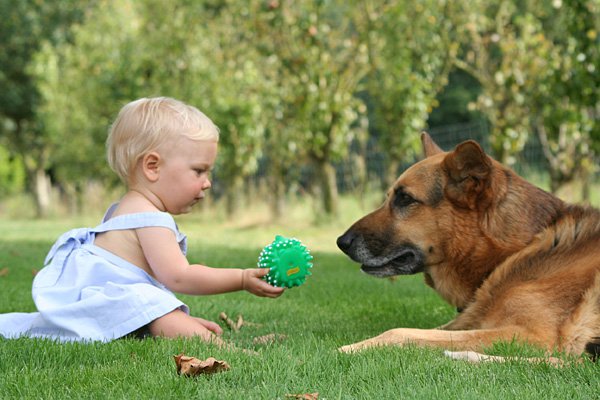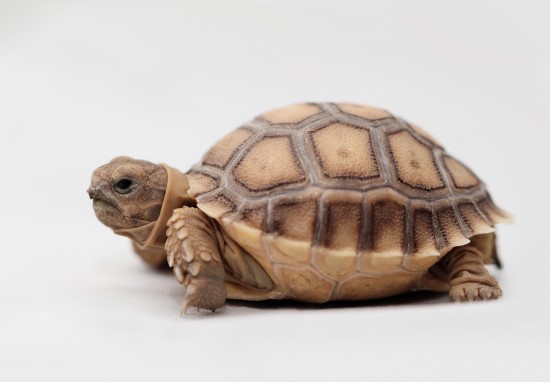
Mostly, it is the larger type of dogs who are supposed to develop this defect, but smaller dogs are also at risk with this disease. The common breeds of dogs that develop this are Dalmatians, golden retrievers, blood hounds, and German shepherds. Canine hip dysplasia could develop between the ages of 4 to 12 months or anywhere throughout their lifetime.
Canine Hip Dysplasia or CHD happens when the end of the leg bone does not fit quite snugly with the hip socket. The socket itself may be abnormally developed as to further complicate the situation. Being overweight could also worsen the scenario as this will add to the stress that the irregular joint is already carrying and could contribute to increased degeneration of the joint.
Canine Hip Dysplasia has three kinds: mild, moderate, and severe. In mild cases, the only defect is that the space between the joints is larger than normal and part of the hip-bone is out of the socket. In this kind of CHD, arthritis does not occur. In moderate cases, the top of the hip bone becomes quite flat and sits loosely at the top of the joint. Spurs begin to develop in the bone and signs of arthritis begin to appear. In severe cases, the hip-bone becomes totally out-of-line with the joint arthritis becomes more pronounced and the condition becomes irreversible. But this type of CHD will not cause your pet dog to become lame.
To be sure on whether your dog has CHD or not, you must have him x-rayed by the vet. This may involve using some sedative or anesthesia to keep your dog still.
There are, however, ways for you to prevent this from happening to your dog. First, you must remember that larger breeds of dog are more likely to develop this disease. Secondly, if you should buy dogs, get them from a reputable breeder who does not use dogs with CHD. Genes is one contributing factor in increasing your dog's chances of acquiring the disease. Thirdly, be careful on what kind of physical activity you put your dog in when they are quite still young. Making them stand on their back legs for a long period of time and making them jump up and down most of the time can be damaging to their joints. And lastly, do not feed your dog foods that are high in calories as carbohydrates and fats. This will cause excessive and rapid weight gain which would in turn give the dog's joints a lot of weight to carry.
Canine Hip Dysplasia is not an easy disease to handle so one should take the pains of caring for your dog's health in order to avoid this disease.
Visit Steve Weber at his site, Cactus Canyon, for more articles and videos which help pet owners deal with dog arthritis. Steve's focus is providing pets and all natural solution, such as Flexicose glucosamine, for treating canine joint disease safely and inexpensively.
 So You Want To Keep Rabbits?
So You Want To Ke
So You Want To Keep Rabbits?
So You Want To Ke
 Spring Safety Tips For Dog Owners
Spring Safety Tip
Spring Safety Tips For Dog Owners
Spring Safety Tip
 Buy Your Own Chicken Houses – Eat Organic Eggs Everyday
Buy Your Own Chicken Houses – Eat Organic Eggs Everyday
Buy Your Own Chicken Houses – Eat Organic Eggs Everyday
Buy Your Own Chicken Houses – Eat Organic Eggs Everyday
 Keeping African Sulcata Tortoises As Pets
Keeping African S
Keeping African Sulcata Tortoises As Pets
Keeping African S
 Fibre, Grains And Fillers - What Does Your Dog Need?
Fibre, Grains And
Fibre, Grains And Fillers - What Does Your Dog Need?
Fibre, Grains And
Copyright © 2005-2016 Pet Information All Rights Reserved
Contact us: www162date@outlook.com